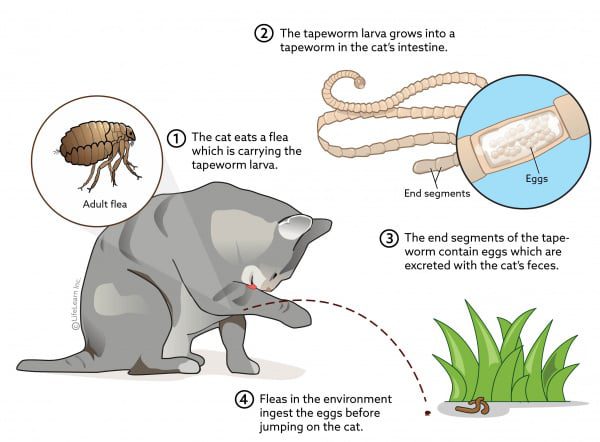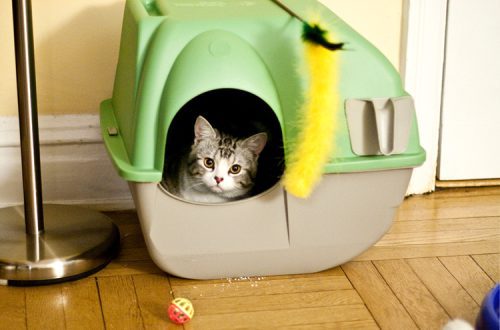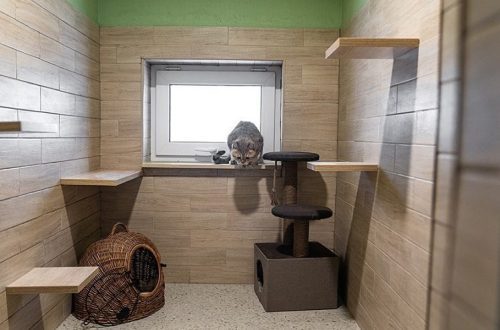
Cucumber tapeworm, or dipilidiosis, in cats: causes, symptoms and treatment
Cucumber tapeworm in cats usually reaches a length of 50–70 cm, but there have been cases when its value exceeded 1,5 meters. Its entire body consists of segments that are viable even individually, and the greatest danger to the animal is the development of the worm. At this time, the parasite robs the carrier of a huge amount of energy and strength, which can lead to the depletion of his body.
Contents
Causes of the disease
During its life cycle, the worm uses several carriers:
- fleas, withers and ticks, which become temporary carriers by swallowing the larva of the parasite;
- a cat, dog or even a person who are permanent carriers.
After entering the body, cat cucumber tapeworm begins its development, which lasts about four weeks. During this period, segments of the worm can be shed in the pet’s feces and infect other animals or humans. If fleas have become the source of infection, then it is very important to get rid of them, otherwise the infection will occur again and again.
Symptoms of dipilidiosis
The first days and even weeks after infection pass without any symptoms. While the worm is just starting to grow, it is almost impossible to notice that something is wrong. The first sign of dipilidiosis is the exhaustion of the animal. Other signs include:
- weight loss;
- alternating lack of appetite with its increase;
- apathy and atypical drowsiness;
- diarrhea, constipation, the presence of blood and worm larvae in the excrement;
- hair loss;
- anemia and blanching of mucous membranes,
- nervous behavior of the animal,
- booty squirming on the floor,
- periodic outbursts of aggression.
Cucumber tapeworm poses a special and even mortal danger for kittens. If at least one of the above signs is manifested in a pet, you should immediately contact a veterinarian.
Diagnosis and treatment
To diagnose dipilidiosis, the doctor conducts a complete examination of the cat, takes its blood, urine and feces for analysis. The analysis is carried out several times to eliminate any error. Treatment is usually carried out in a complex:
- the doctor prescribes anthelmintic drugs,
- prescribes antiparasitic treatment of the animal and its habitat from fleas and ticks,
- prescribes a restorative diet for the cat.
If the animal is severely malnourished, he is put on a drip with saline and may even be placed in a hospital for a while. A couple of weeks after recovery, you need to carry out another treatment for fleas and worms to prevent re-infection.
Preventive measures
Since infection most often occurs from fleas and other parasites, it is important to periodically treat the apartment and the pet itself with antiparasitic agents. Cat beds and toys can be cleaned with boiling water. You should exclude the free walking of a pet, and after joint walks, carefully inspect his fur coat in order to notice fleas and ticks in time.
It is also worth periodically inspecting the animal’s tray for the appearance of larvae in the feces. If the cat is already infected, it is necessary to take tests for all family members, especially children – cases of infection with dipilidiosis among people, although rare, still occur. The pet must be shown to the attending veterinarian.
See also:
- Heartworm in a cat: symptoms and treatment
- Giardia in cats: symptoms and treatment
- Helminthiasis in cats: symptoms and treatment





